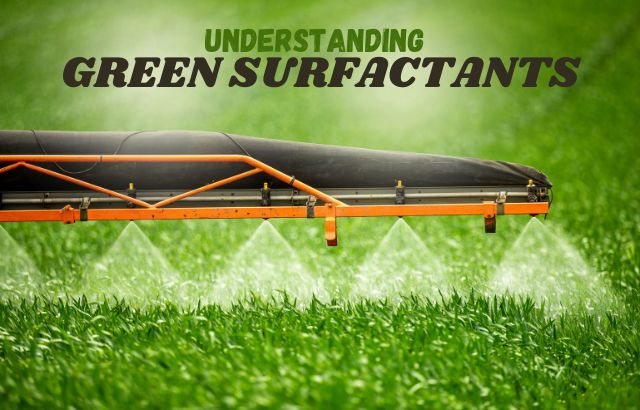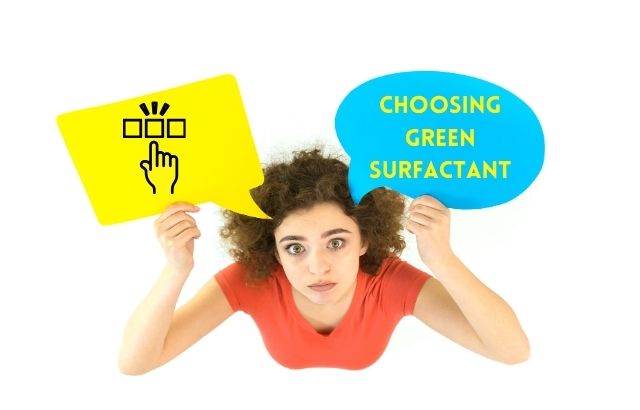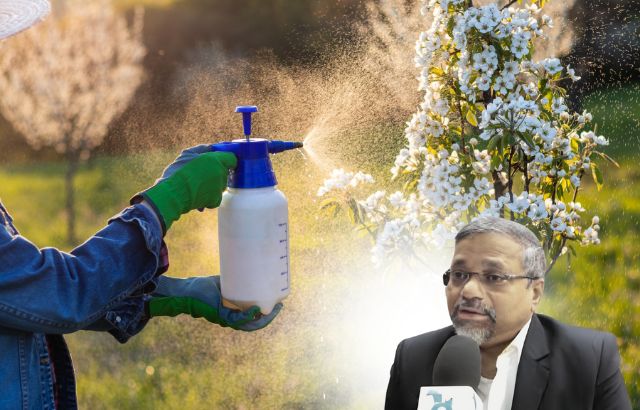What Are Surfactants?
Surfactants, or surface-active agents, are compounds that reduce surface tension between two liquids or a liquid and a solid. They play crucial roles in various industries, including cleaning products, agriculture, and cosmetics. Surfactants can be classified into different categories: anionic, cationic, nonionic, and amphoteric, based on their charge.
The Role of Surfactants in Reducing Surface Tension
Surfactants work by aligning themselves at the interface of liquids, disrupting the cohesive forces between water molecules. This alignment reduces the surface tension, allowing liquids to spread and penetrate surfaces more easily. This property is particularly important in applications like detergents, where it enhances cleaning efficiency.
What Are Green Surfactants?
Green surfactants are environmentally friendly alternatives to traditional surfactants. They are derived from renewable resources, biodegradable, and less toxic. Common sources of green surfactants include plant oils, sugars, and proteins.
Examples of Green Surfactants:
- Alkyl polyglucosides (APGs): Derived from natural sugars and fatty alcohols, these surfactants are biodegradable and gentle on the skin.
- Sodium lauryl sulfate (SLS) alternatives: Some plant-based surfactants can perform similarly without the harsh effects on skin and the environment.
- Sorbitan esters: Derived from sorbitol and fatty acids, these are often used in food and cosmetics.
Applications of Green Surfactants
- Cleaning Products: Many eco-friendly detergents now feature green surfactants, offering effective cleaning without harming aquatic ecosystems.
- Agriculture: Green surfactants serve as adjuvants, improving the efficacy of pesticides and herbicides by enhancing their spread and penetration.
- Personal Care: Shampoos and lotions increasingly utilize green surfactants for a gentler impact on the skin.
Benefits of Green Surfactants
- Biodegradability: They break down naturally, reducing environmental impact.
- Lower Toxicity: Safer for human health and wildlife.
- Sustainable Sourcing: Derived from renewable resources, reducing dependence on petrochemicals.
FAQs on Benefits of Green Surfactants : Insights from Jaiguru Kadam

Q: Are green surfactants as effective as traditional surfactants?
A: Yes, many green surfactants offer comparable performance to traditional options, especially in terms of cleaning and spreading.
Q: Can green surfactants be used in all applications?
A: While they are versatile, the specific application may require different types of surfactants to achieve optimal performance.
Q: How can I identify green surfactants in products?
A: Look for certifications like EcoLabel or check the ingredient list for natural-derived components.
Sample Calculations: Calculation of Efficacy Improvement with Green Surfactants in Agriculture

To illustrate how green surfactants can enhance the efficacy of pesticides and herbicides, let’s use a hypothetical example involving the coverage area and penetration depth of a pesticide solution.
Scenario:
- Without Surfactant:
- Total application volume: 100 liters
- Coverage area: 1 hectare (10,000 m²)
- Average penetration depth: 5 cm
- With Green Surfactant:
- Total application volume: 100 liters (same as without surfactant)
- Estimated increase in coverage area: 15%
- Estimated increase in penetration depth: 20%
Calculations:
- Coverage Area Without Surfactant:Coverage Area=10,000 m2\text{Coverage Area} = 10,000 \, \text{m}^2
- Coverage Area With Surfactant:Coverage Area with Surfactant=10,000 m2×(1+0.15)=10,000 m2×1.15=11,500 m2\text{Coverage Area with Surfactant} = 10,000 \, \text{m}^2 \times (1 + 0.15) = 10,000 \, \text{m}^2 \times 1.15 = 11,500 \, \text{m}^2
- Penetration Depth Without Surfactant:Penetration Depth=5 cm\text{Penetration Depth} = 5 \, \text{cm}
- Penetration Depth With Surfactant:Penetration Depth with Surfactant=5 cm×(1+0.20)=5 cm×1.20=6 cm\text{Penetration Depth with Surfactant} = 5 \, \text{cm} \times (1 + 0.20) = 5 \, \text{cm} \times 1.20 = 6 \, \text{cm}
Summary of Results:
- Coverage Area Improvement:
- Without surfactant: 10,000 m²
- With surfactant: 11,500 m²
- Penetration Depth Improvement:
- Without surfactant: 5 cm
- With surfactant: 6 cm
Conclusion
Green surfactants are a pivotal element in the transition toward sustainable practices across various industries. By understanding their role in reducing surface tension and their environmental benefits, we can make informed choices for both personal use and broader applications. As consumer demand for eco-friendly products continues to grow, the importance of green surfactants will increasingly rise, offering a promising path toward sustainability.
Moreover, the role of green innovators is crucial in this landscape. By developing and promoting these sustainable surfactants, they help drive the adoption of greener alternatives in industries like agriculture. For instance, when used as adjuvants, green surfactants can increase the coverage area of pesticide applications by 15% and improve penetration depth by 20%. This enhancement underscores the potential of green surfactants to not only boost the efficacy of agricultural chemicals but also contribute to better pest control and improved crop health.
Feel free to share your thoughts or any questions you might have about green surfactants and their role in sustainable innovation!












